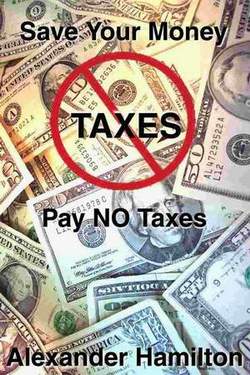
I would note though that she confused a percentage translation that resulted in a correction to the fourth and final article (Henriques wrote that a pastor who opted out of Social Security would receive a 15.3 percent pay increase. The actual increase is 18.1 percent).
In the third article, focusing largely on tax breaks for religious institutions, Henriques pulls the clever journalistic trick of portraying a situation as much more dire than it really is. In this case, it's the fact that religious intuitions receive tax exemptions. But only later in the article does she reveal that secular nonprofit groups receive those same exemptions:
Every state affords some type of property-tax exemption to churches, synagogues, mosques and other religious landowners, typically through statutes that also cover charities, libraries, museums, private schools and other secular nonprofit groups. Indeed, when the Supreme Court ruled on the constitutionality of this tax break in 1970 it noted approvingly that the benefits did not fall exclusively on churches.
But those venerable tax statutes did not envision the reality of modern congregations that operate athletic programs in their own gymnasiums or fitness centers, as well as bookstores, music and video production units, coffee shops, counseling services, ice cream parlors, child care programs and multimedia ministries that beam their messages from satellite dishes or television transmission towers.
Since when are large, multifaceted churches a new development? Sure, churches have evolved over the years with changes in technology and society. And conservative evangelical churches have risen to new prominence. But churches have always held a solid position within a community and offered a variety of services, from schools to community centers to medical facilities.
It would be have been helpful if the article mentioned that tax breaks in American society are nothing new or unique to religious organizations. They are bought and sold every summer on K Street. Yes, $500 million in tax breaks for the incomes of the nation's ministers, rabbis and other clergy sounds like a lot, but it's only one small hole in the national tax bucket.
Henriques says in both articles that we should be scared about the expanding tax friendliness of religious organizations and tax-free bonds given by local municipalities. From the third article:
Gradually, state bond statutes became less restrictive toward religious institutions and federal and state appeals courts started to permit tax-free financing at unabashedly religious universities -- and later, religious high schools -- so long as the money was used for firmly secular projects, like dormitories and dining halls. (California courts have held on to the "pervasively sectarian" standard, but three religious schools are currently challenging that approach before the State Supreme Court.)
Then from the fourth article on tax breaks:
The tax break is not available to the staff at secular nonprofit organizations whose scale and charitable aims compare to those of religious ministries like Pastor [Rick] Warren's church, or to poorly paid inner-city teachers and day care workers who also serve their communities.
The housing deduction is one of several tax breaks that leave extra money in the pockets of clergy members and their religious employers. Ministers of every faith are also exempt from income tax withholding and can opt out of Social Security. And every state but one exempts religious employers from paying state unemployment taxes -- reducing the employers' payroll expenses but also leaving their workers without unemployment benefits if they are laid off.
The contrasting issues in the piece, of churches receiving generous help from government for financing and then accepting generous tax breaks for their status as religious institutions, is compelling. Those stingy religious groups seem to be having it both ways when it comes to the Constitution.
Henriques effectively cherry-picks cases around the country to portray this as The Situation in America. But if she talked to a few people like Saddleback's Rick Warren, who unfortunately refused to talk for this piece, I wonder if she would have included a more precise understanding of religious leaders' thoughts on this Constitutional church-state matter.
I ask this because I am curious. Usually the best articles deal strictly with the facts, with little shading from talking heads. But in this case a few thought leaders would have been helpful for perspective.
Are church leaders genuinely trying to have it both ways in an attempt to get their grubby hands on all the dollars they possibly can? I'm sure there are bad apples out there, people who are blatantly attempting to capitalize on the religious exemptions, but those cases should not determine the rule.
It's also important to remember that religious organizations are anything but monolithic. I grew up in a church that did not believe in going into debt of any kind for anything. The church's leaders would not have dreamed of working political connections for a tax-free bond.
